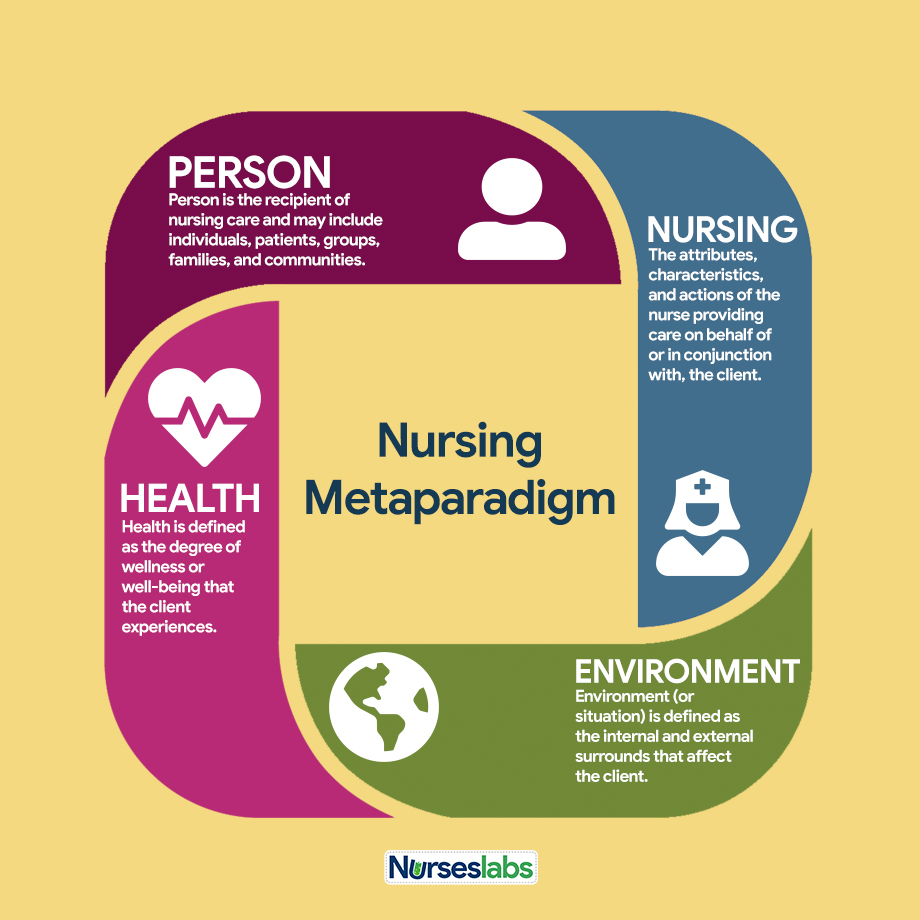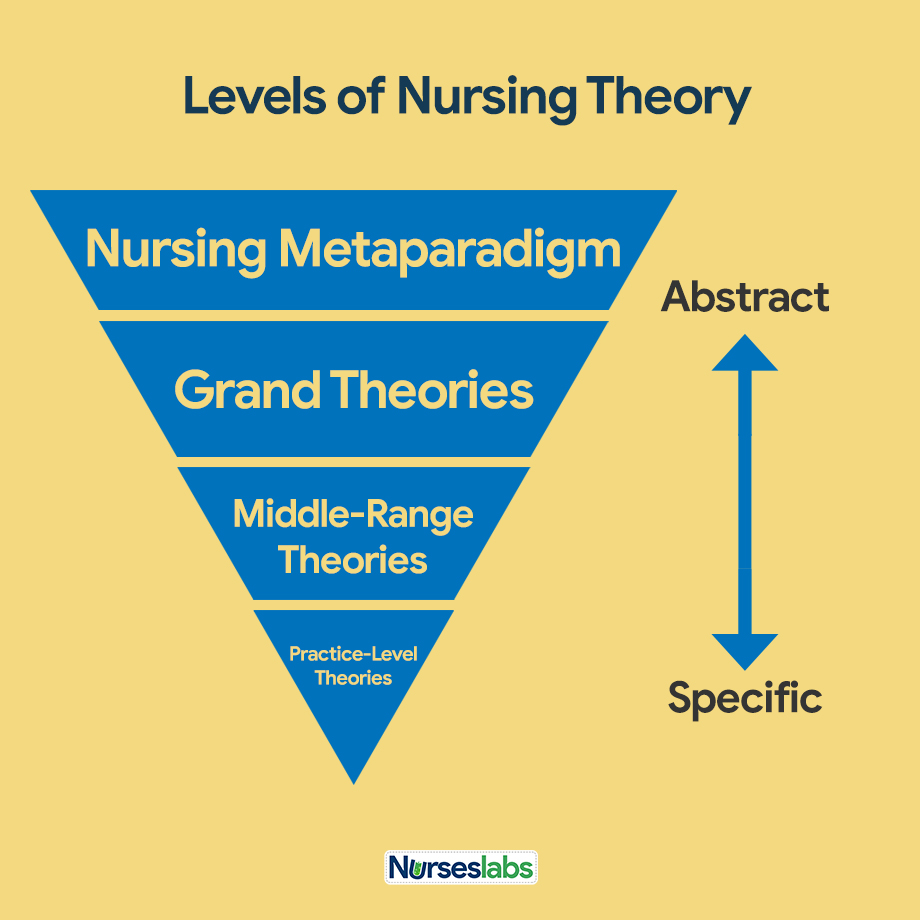Importance of middle range theory and grand theory in advanced practice nursing. Despite multiple differences, both grand theories and middle range theories have a role in informing and influencing advanced practice nursing. If you need assistance with writing your nursing literature review, our professional nursing literature review writing service is here to help!
Importance of middle range theory and grand theory in nursing advanced practice nursing.
The grand nursing theories are too abstract to effectively guide practice, but they can provide a world view. Middle range theories, on the other hand, are less abstract, but are more easily linked to practice. Compare and contrast these two types of theory and how they can be used to inform ANP practice using one grand theory and one middle range theory as examples.
Nursing theories are organized frameworks of concepts and purposes to guide nursing practice (Risjord, 2010). Two types of nursing theories are grand nursing theories and middle range nursing theories. Grand nursing theories encompass all aspects of the human experience and allow for general application whereas middle range theories are less abstract and are more specific (McKenna & Slevin, 2008). Although there are similarities and differences between grand nursing theories and middle range theories both types of theories can prove to be useful when informing advanced nursing practice (McCrae, 2012).
Grand nursing theories are broad in scope and relate to larger areas of nursing such as promotion of health for all individuals in a society (Powers & Knapp, 2011). Although broad and non-specific, grand nursing theories provide several implications for advanced practice nursing. It is widely known that healthcare is constantly becoming more complex at an exponential rate.
Because of rapidly increasing complexities the abstract nature of grand theories can be useful for complex phenomena relevant to nursing such as aging populations and complex disease states (Florczak, Poradzisz, & Hampson, 2012). Grand theories can highlight the complexities of these and other complex issues concerning for advanced practice nursing in a global society (Im & Ju-Chang, 2012). By using grand theories the advanced practice nurse can view each client both as an individual as well a part of larger systems (Florczak, Poradzisz, & Hampson).
One grand theory that can be used to guide advanced nursing practice is Neuman’s systems model. This theory uses prevention as the basis for health promotion and it provides a holistic and comprehensive approach to maximizing client health by focusing on stressors that influence the relationship between the client and the environment (Florczak, Poradzisz, & Hampson, 2012).
The environment is comprised of five interrelated biological, mental, environmental, social, and spiritual variables (Neuman & Fawcett, 2012). The role of the nurse is to retain stability in the client-environment relationship through three levels of prevention (Florczak, Poradzisz, & Hampson). These include primary prevention that occurs before the client experiences a reaction to a stressor, secondary prevention that occurs after the client experiences a reaction to a stressor, and tertiary prevention that occurs after the client has been treated through secondary prevention methods (Skalski, DiGerolamo, & Giglotti, 2006).
Using Neuman’s systems model the advanced practice nurse can clearly identify appropriate interventions at different stages of disease processes (Lee, 2014). By discussing the five environmental variables with patients, partnerships can be created to mutually create goals (Skalski, DiGerolamo, & Giglotti, 2006). The advanced practice nurse can also promote prevention through client education and counseling (Neuman & Fawcett, 2012).
Like grand nursing theories, middle range theories provide several implications for advanced practice nursing. Middle range theories can be described as the link connecting research and practice (Fawcett & Garity, 2009). Middle range theories can be descriptive, explanatory, or predictive and each plays a role in informing and guiding advanced nursing practice (Fawcett, 2005). When compared to grand nursing theories, middle range theories have a narrower scope, greater levels of specificity, and greater ease of concept application (Powers & Knapp, 2011).
A middle range theory that influences advanced nursing practice is the theory of optimal client system stability. This theory was derived from the grand theory of Neuman’s systems model as described above. This theory has only one proposition and that is that stability represents system health (Neuman & Fawcett, 2012). This theory is useful because interventions by the advanced practice nurse are linked to client outcomes (Florczak, Poradzisz, & Hampson, 2012).
There are multiple applications when age, health status, and stressors are identified (Risjord, 2010). One such example is a study of fatigue in patients with diabetes by Casalenuovo (2002) that examined the relationship between stress, well-being, and fatigue. In this study the author concluded that interventions aimed at enhancing client well-being reduced fatigue.
Both grand and middle range theories are sets of interrelated concepts to guide thinking in advanced practice nursing (Risjord, 2010). However, there are many differences between these two types of theories. Grand nursing theories consist of conceptual frameworks to provide broad insight useful for general practice. Because of the level of abstraction they are usually not easily testable (Florczak, Poradzisz, & Hampson, 2012). Grand theories are often developed through insightful appraisal and considerations.
Middle range theories are narrower in scope and are a bridge between grand theories and nursing practice (Fawcett & Garity, 2009). Because middle range theories are less abstract and their concepts are more easily operationalized they allow for hypothesis testing. Middle range theories are often evolved from grand theories, literature reviews, and clinical practice making them more specific to nursing practice (Florczak, Poradzisz, & Hampson).
Despite multiple differences, both grand theories and middle range theories have a role in informing and influencing advanced practice nursing. Grand nursing theories define the role of nursing and separates nurses within the infrastructure of health care professions whereas middle range nursing theories guides the nurse to considerations when making clinical decisions (Florczak, Poradzisz, & Hampson, 2012). The different types of theories provide different advantages for practice. These two types of theories are complementary and each type can contribute to advanced nursing practice and knowledge (Risjord, 2010).

References:
- Casalenuovo, G. A. (2002). Fatigue in diabetes mellitus: Testing a middle range theory of well-being derived from Neuman’s theory of optimal client system stability and the Neuman systems model. Dissertation Abstracts International, 63(5), 2301B.
- Florczak, K., Poradzisz, M., & Hampson, S. (2012). Nursing in a complex world: A case for grand theory.Nursing Science Quarterly,25(4), 307-312.
- Fawcett, J. (2005). Middle-range nursing theories are necessary for the advancement of the discipline.Aquichan,5(1), 32-43.
- Fawcett, J., & Garity, J. (2009). Evaluating research for evidence-based nursing. Philadelphia, PA: F. A. Davis.
- Im, E., & Ju-Chang, S. (2012). Current trends in nursing theories. Journal of Nursing Scholarship,44(2), 156-164.
- Lee, Q. (2014). Application of Neuman’s system model on the management of a patient with asthma.Singapore Nursing Journal,41(1), 20-25.
- McCrae, N. (2012). Whither nursing models: The value of nursing theory in the context of evidence-based practice and multidisciplinary health care.Journal of Advanced Nursing,68(1), 222-229.
- McKenna, H. P., & Slevin, O. (2008).Nursing models, theories and practice. Oxford: Blackwell.
- Neuman, B., & Fawcett, J. (2012). Thoughts about the Neuman systems model: A dialogue.Nursing Science Quarterly,25(4), 374-376.
- Powers, B., & Knapp, T. R. (2011).Dictionary of nursing theory and research. New York, NY: Springer.
- Risjord, M. W. (2010).Nursing knowledge: Science, practice, and philosophy. Chichester, West Sussex: Blackwell.
- Skalski, C., DiGerolamo, L., & Gigliotti, E. (2006). Stressors in five client populations: Neuman systems model-based literature review.Journal of Advanced Nursing,56(1), 69-78.

Read More On
- The Impact of Alert Fatigue in Healthcare, and its negative impacts to patient safety.
- Depression and Anxiety Treatment by Psilocybin Drug.
- Healthcare in Intensive Care Unit Staffing Guidelines.
- Comparison of Disability and Ageing Theories
- History of Hauora Maori Trends and Paradigms
Do not hesitate to contact our professionals if you need help with your essay even after going through our example guide.


